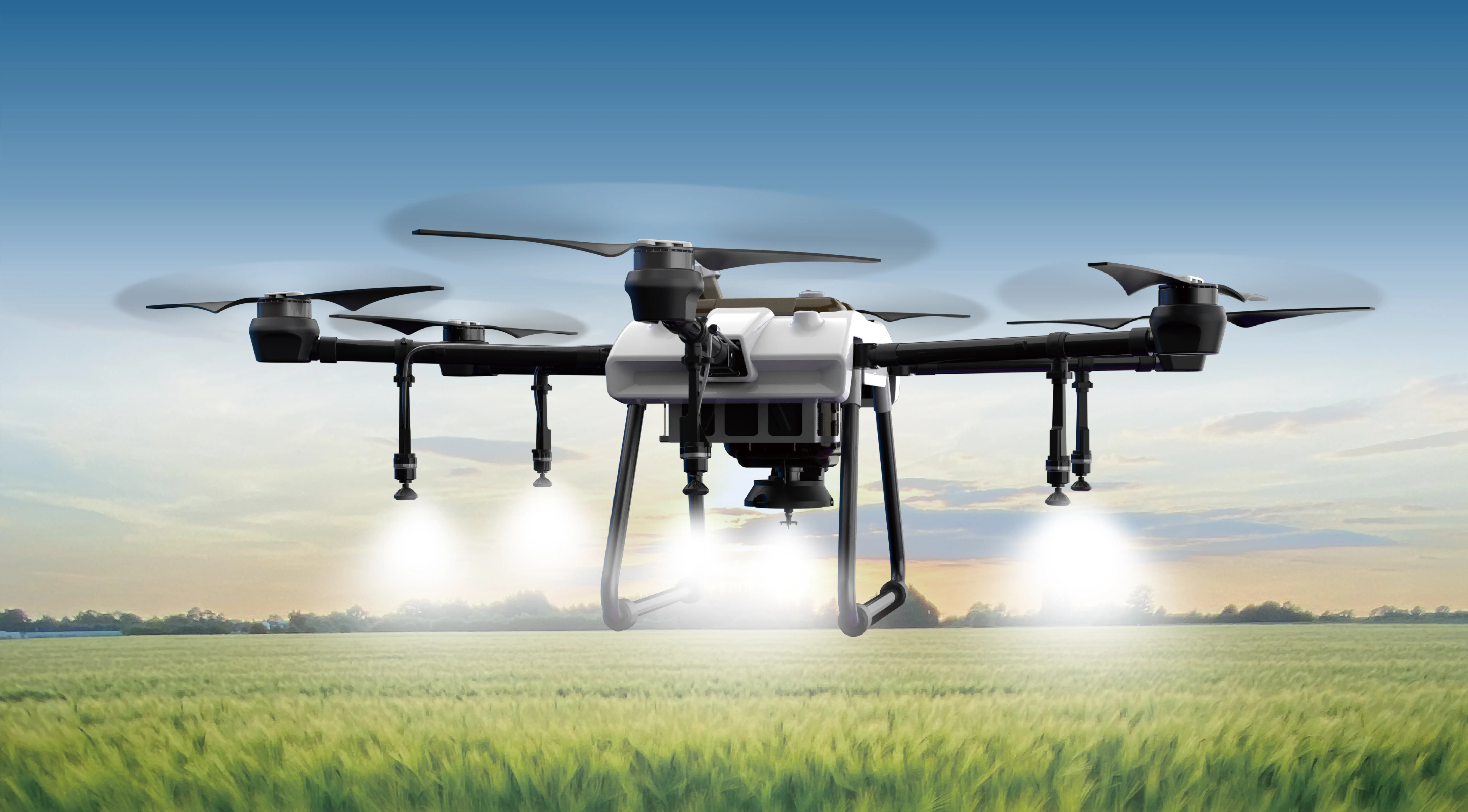Unlocking Precision and Power: The Fascinating World of Servo DC Motors
Imagine a machine that not only moves with grace and exactness but also communicates seamlessly with its environment—adjusting, responding, and performing tasks with uncanny accuracy. This is the essence of the servo DC motor, a marvel of modern engineering that has quietly revolutionized industries from robotics to aerospace, from manufacturing to entertainment venues.

The Heartbeat of Modern Automation
Servo DC motors are specialized electric motors designed for precise control. Unlike traditional motors that spin at a constant speed, servo motors are part of a control system responsible for positioning, velocity, and torque regulation. At their core, they combine a motor, a gear train (sometimes), and a sensor feedback mechanism, all working in concert to deliver meticulous motion control.
Think of a servo motor as the conductor of an orchestra, orchestrating the movements of robotic arms, camera gimbals, telescopes, or even intricate model train setups. Their ability to rotate to a specified position, hold it, and repeat the process, all while maintaining smooth motion, makes them indispensable beside the more straightforward, less precise motor types.
How Do Servo DC Motors Work?
The key to a servo motor’s finesse lies in its feedback loop—often called a servo control system. Here's a simplified breakdown:
Command Input: The system receives a command signal, indicating the desired position or speed. This could originate from a microcontroller, PLC, or manual control panel. Motor Response: The servo motor interprets this command by adjusting its rotation and speed accordingly. Feedback Feedback: A sensor, typically an encoder or potentiometer, continuously monitors the motor's actual position or speed. Comparison & Correction: The system compares the actual measurement with the commanded value, then adjusts the motor's inputs to minimize any discrepancy.
This closed-loop control ensures that the motor reaches and maintains the desired position, often within tiny fractions of a degree, and does so repeatedly without error.
Types of Servo Motors: DC vs. AC
While this article focuses on servo DC motors, it’s worth noting that servo systems can be built using both AC and DC motors. DC servo motors are particularly favored for their excellent torque at low speeds, ease of control, and straightforward integration with electronic controls. Their properties make them especially suitable for applications requiring rapid response and precise positioning.
Components That Make a Servo DC System Tick
The Motor: Usually a brushed or brushless DC motor. Brushless variants are gaining popularity due to lower maintenance and higher efficiency. The Feedback Device: Encoders are common, converting rotational position into electrical signals, or potentiometers measuring the position directly. The Drive Circuit: An electronic circuit, often called the servo driver or amplifier, controls power delivery based on feedback. Control Hardware: Microcontrollers, CPUs, or specialized servo controllers process commands and manage feedback signals.
Why Choose a Servo DC Motor?
When precision, speed, and repeatability are non-negotiable, servo DC motors shine brightly. They have a unique ability to adapt their performance dynamically, providing consistent torque across a range of operating conditions. This makes them ideal for automating complex tasks where human intervention isn’t feasible or desirable.
Advantages of Servo DC Motors
High Accuracy and Precision: The feedback system ensures exact positioning, often within less than a degree of error. Excellent Speed Control: They can accelerate rapidly and maintain stable speed under varying loads. High Torque at Low Speeds: Unlike many motors, DC servo motors deliver substantial torque even at minimal speeds, paving the way for delicate yet powerful movements. Compact and Lightweight: Their design allows for integration into tight spaces without sacrificing performance. Easy to Control and Integrate: With modern electronics, controlling servo DC motors can be as simple as sending a signal, while they handle the rest autonomously.
Real-World Applications That Power the Future
You might be surprised to learn where these seemingly modest motors are making a difference. From the tiny servos embedded in camera stabilization systems, maintaining a steady shot even in turbulent conditions, to the massive industrial robots building cars with unprecedented speed and accuracy, the influence of servo DC motors is everywhere.
In the realm of drones, servo motors control camera gimbals, ensuring smooth, stabilized footage. In medical devices, they provide precise movements during surgeries or diagnostics. Even in consumer electronics, miniature servo motors help in pushing buttons, moving screens, or adjusting focus.
Looking Ahead: The Future of Servo DC Motors
Innovation doesn’t stand still, and servo DC motors are no exception. Advances in materials, electronics, and control algorithms continue to push the envelope—making these motors smaller, more powerful, more reliable, and more energy-efficient.
Emerging trends include the integration of AI-driven control systems, enabling adaptive learning and predictive maintenance, which could transform how industries deploy automation. Additionally, developments in brushless technology promise longer lifespan and reduced maintenance, essential for high-demand environments.
Leveraging innovations in modular drive technology, Kpower integrates high-performance motors, precision reducers, and multi-protocol control systems to provide efficient and customized smart drive system solutions.




































